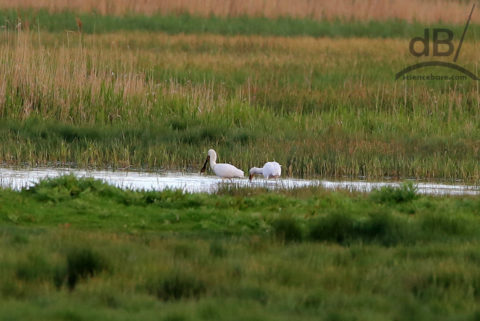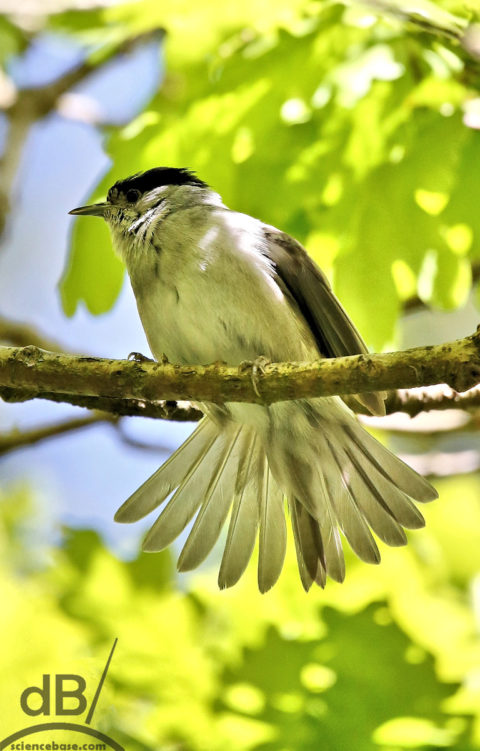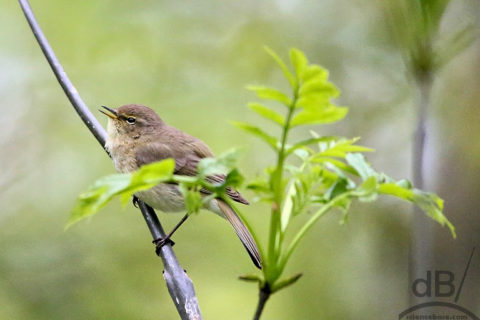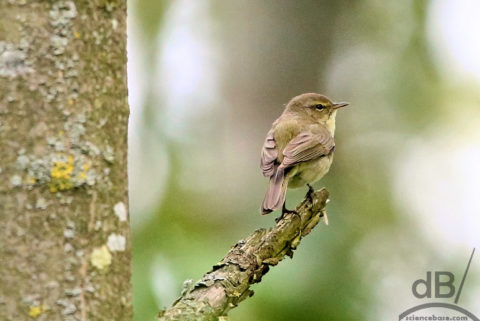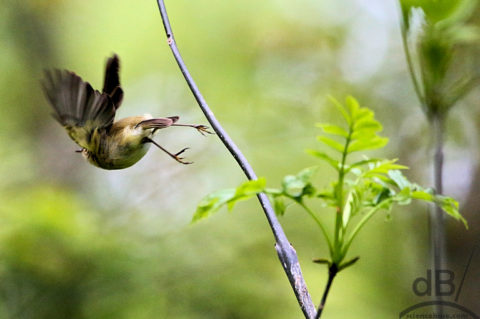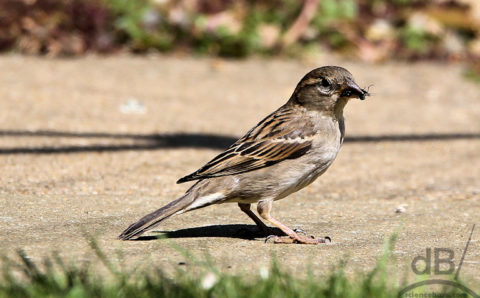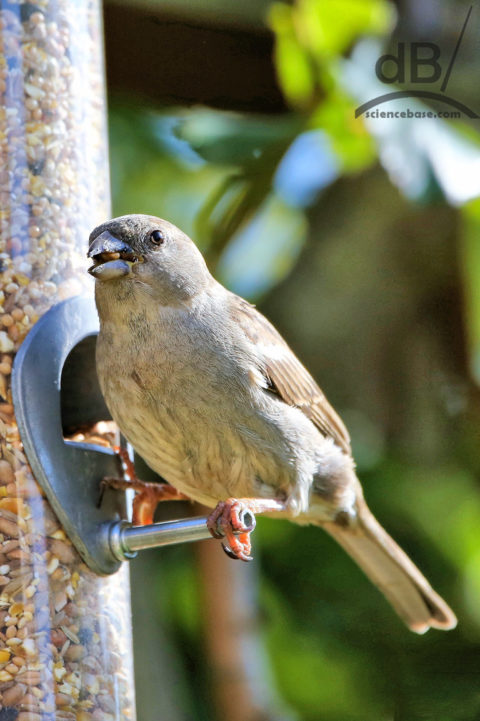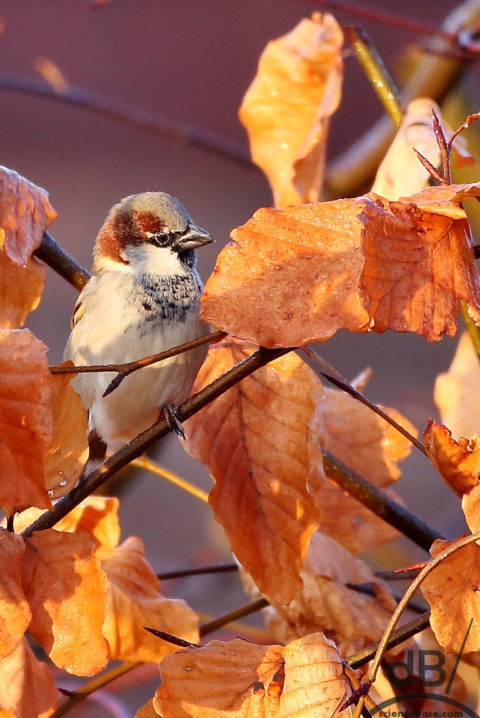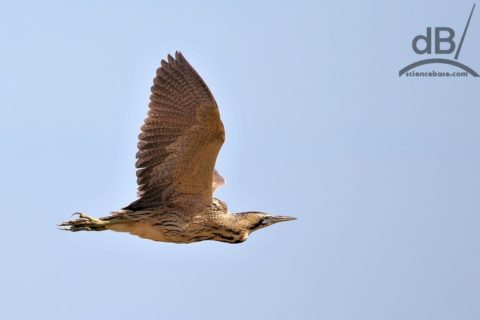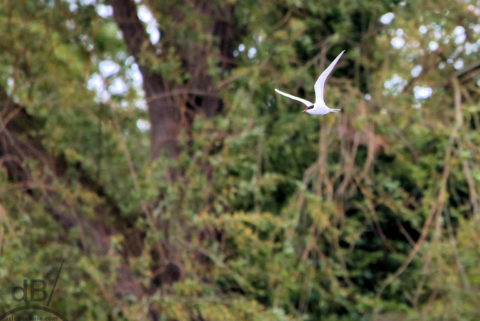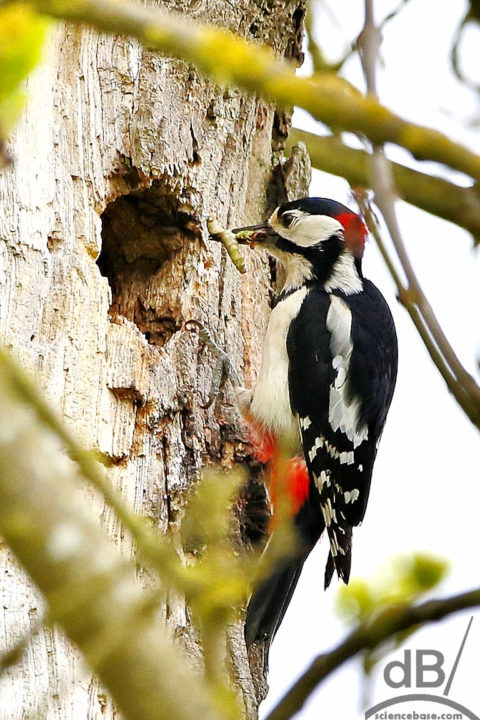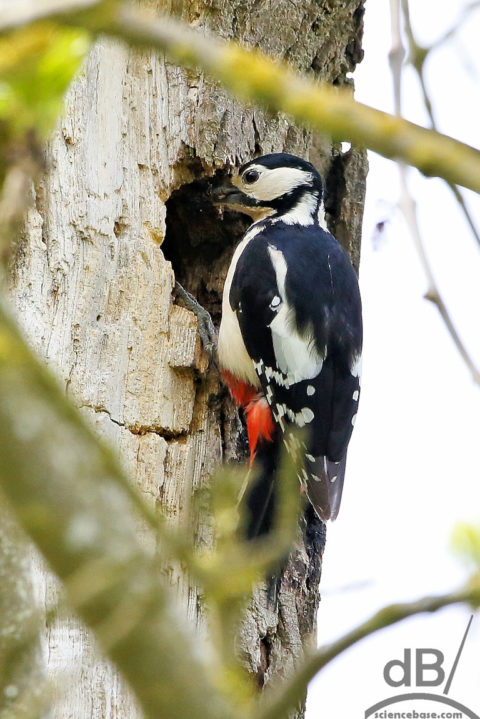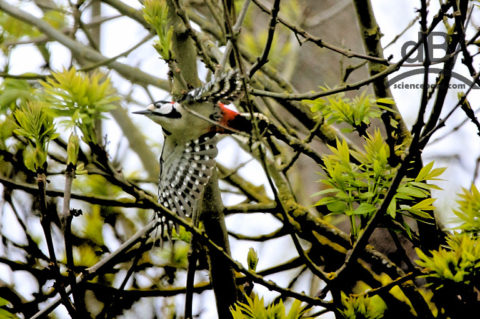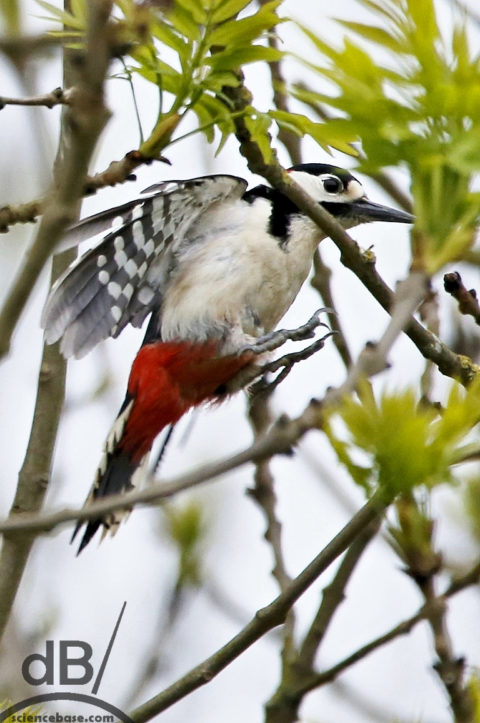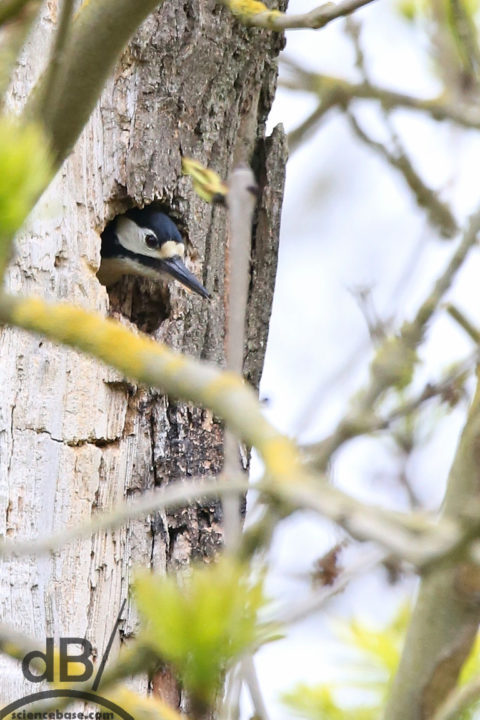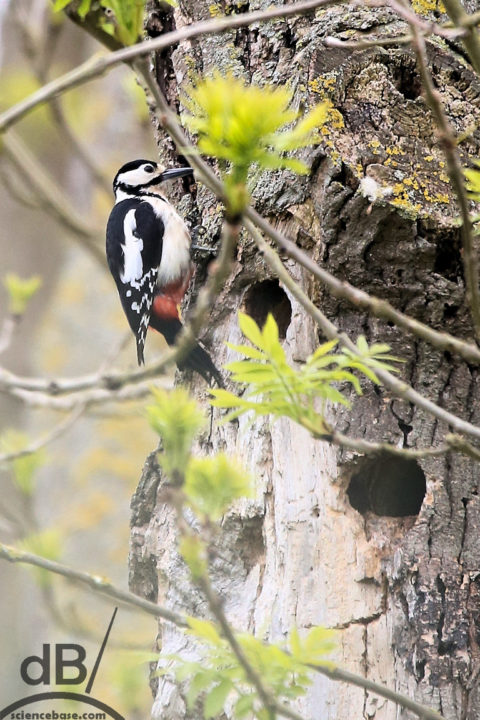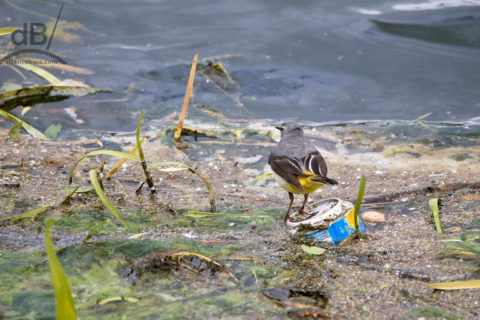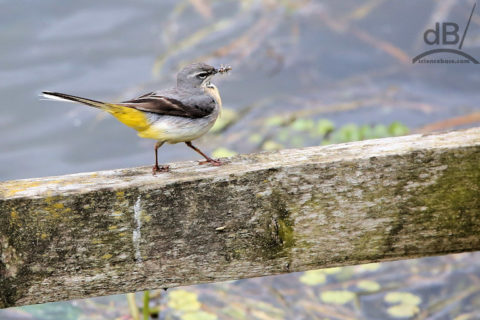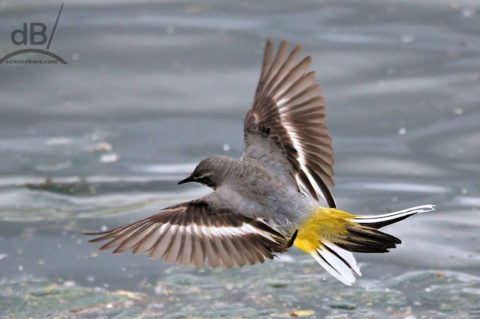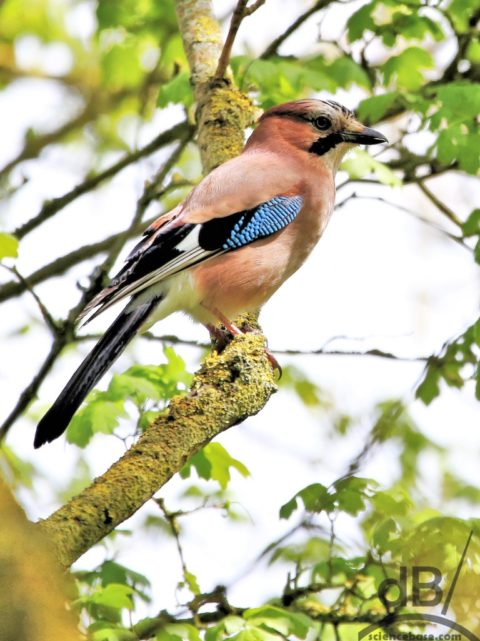A recent visit to Aldeburgh gave us a small haul of photographic avian trophies, distant Eurasian spoonbills not least, although friends Brian Stone and Peter Green tell me that what I hoped was a nuthatch was actually a wheatear. There was a sweet tweeter out there too, which I think may have been a sedge warbler.
Meanwhile, the spoonbill (Platalea leucorodia), tall waterfowl with a spatulate bill, hence the name, scientific binomial hints at the broadness of bill and the second part means white heron. Rare breeding pair in the UK dining on the body of water known as the mere the south part of North Warren Nature Reserve (RSPB). There is also a whole colony on the North Norfolk coast at Holkham. Member of the ibis and spoonbill family, the Threskiornithidae.
